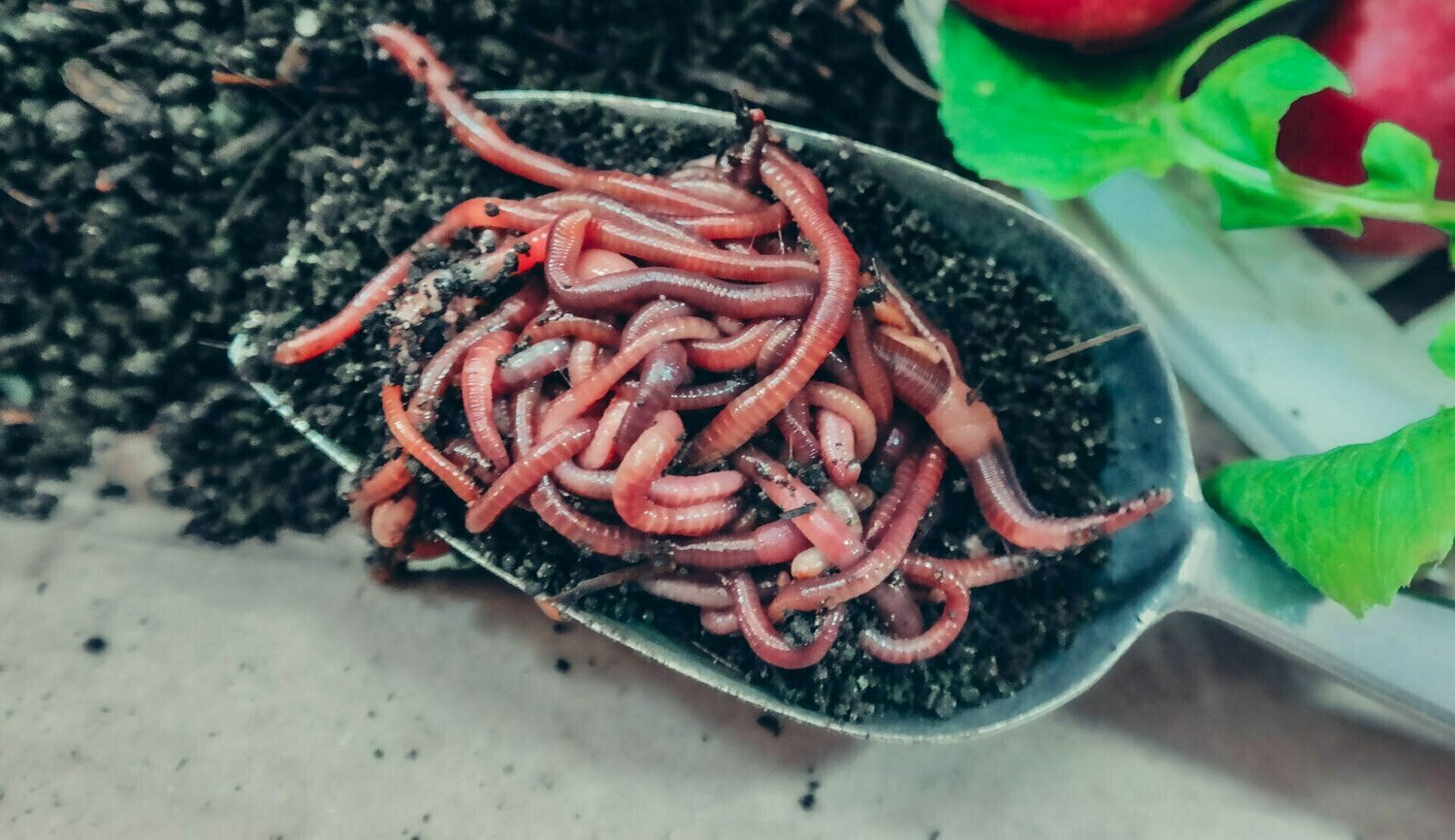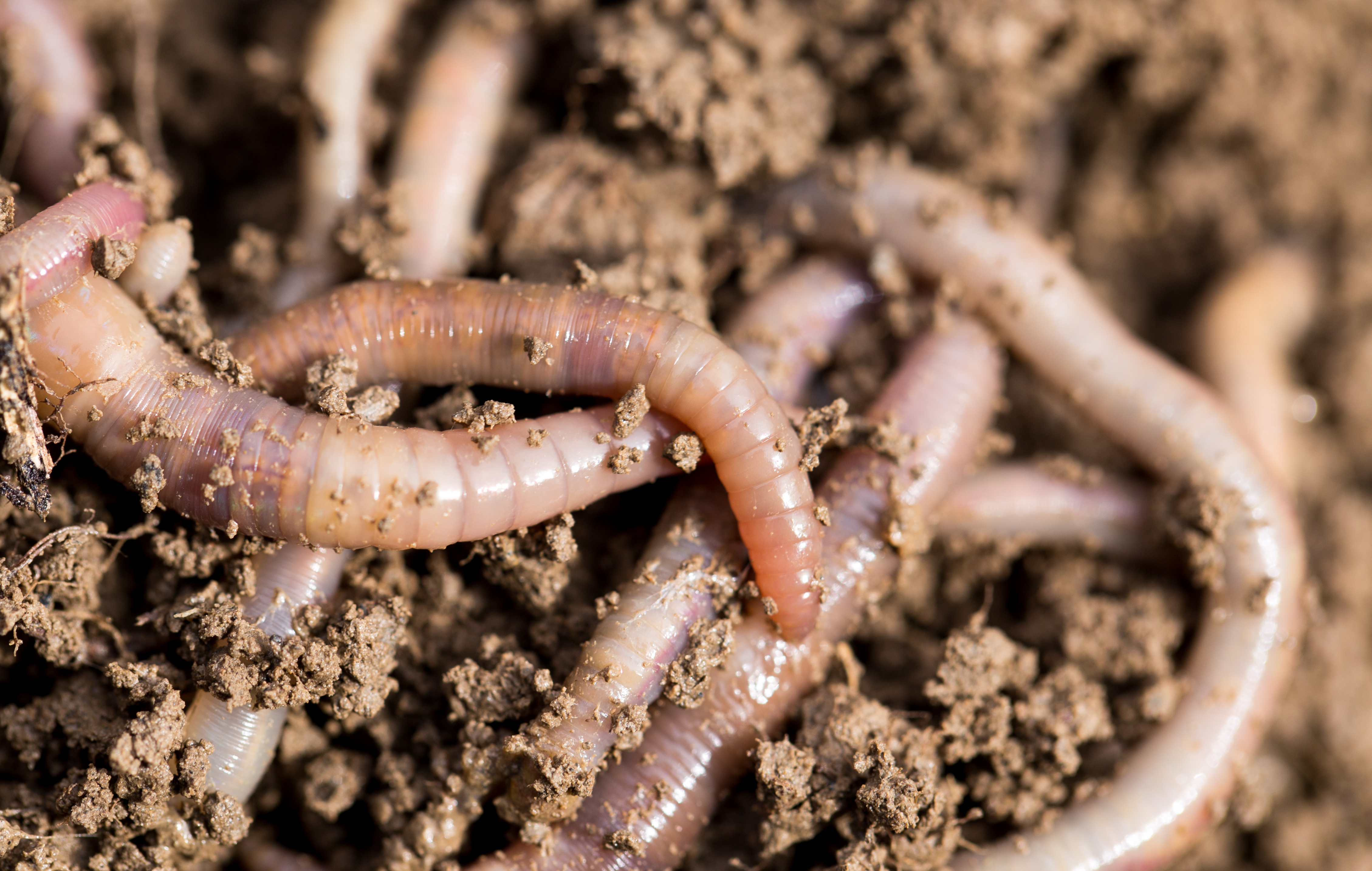Red Wiggler Worms - Effective Decomposers for Your Garden Compost Bin
Red Wiggler Worms - Effective Decomposers for Your Garden Compost Bin
Blog Article
Taking Full Advantage Of the Perks of Red Wiggler Worms: A Comprehensive Manual for Home Gardeners and Urban Farmers
In the realm of lasting gardening practices, red wiggler worms stand as unhonored heroes, silently changing organic waste right into nutrient-rich spreadings that can function marvels for soil health and wellness. By discovering the ins and outs of how to successfully care for and maximize the advantages of red wiggler worms, people can open a wide range of chances for boosting the sustainability and performance of their gardening ventures.
Recognizing Red Wiggler Worms
Red Wiggler worms, renowned for their effective composting capabilities, are a varieties of earthworms commonly made use of in vermiculture methods. These worms, clinically referred to as Eisenia fetida, prosper in decaying natural product, making them perfect prospects for composting (Red Wiggler Worms). Red Wigglers are starved eaters, with the ability of consuming their own weight in organic waste daily. Their digestion procedure breaks down raw material right into nutrient-rich spreadings, which are an important source for improving dirt and advertising plant growth.
One trick characteristic of Red Wiggler worms is their reproductive price. These hermaphroditic animals have both male and women reproductive organs, permitting them to recreate rapidly under desirable problems. A mature Red Wiggler can generate multiple offspring in a brief period, making certain a consistent populace within a composting system.

Setting Up a Worm Container
When establishing a worm container for vermiculture functions, proper prep work and focus to detail are essential for developing a favorable setting for Red Wiggler worms,. Begin by choosing a suitable container for your worm container. This can be a plastic or wooden container with a lid to keep moisture degrees and protect the worms from light. Make certain that the bin has drainage holes near the bottom to avoid waterlogging.

Place the worm bin in a trendy, dark area far from straight sunshine and extreme temperature levels. Routinely keep an eye on the wetness levels, adding water if the bed linen feels completely dry or half-cracked. Feed the worms a balanced diet regimen of fruit and vegetable scraps, avoiding citrus fruits, onions, and spicy foods. By following these steps, you can establish a thriving worm bin that will effectively refine natural waste into nutrient-rich vermicompost for your garden.
Feeding and Maintaining Worms
Guaranteeing a well balanced and healthy diet plan is vital for the health and efficiency of Red Wiggler worms in a vermiculture system. It is essential to avoid feeding them citrus fruits, onions, garlic, milk items, meat, and oily foods as these can be hazardous to the worms or trigger unpleasant smells in the bin.
Appropriate moisture levels are additionally vital for the wellness of Red Wiggler worms. The bed linen needs find to really feel like a damp sponge, giving enough dampness for the worms to breathe through their skin. On a regular basis inspect the wetness degrees and change by adding water or completely dry bed linens material as needed. Furthermore, preserving appropriate temperature level problems between 55-77 ° F(13-25 ° C )will guarantee optimum worm activity and recreation. By vigilantly checking their diet plan, dampness, and ecological conditions, home garden enthusiasts and metropolitan farmers can maintain a productive and healthy Red Wiggler worm populace for composting objectives.
Harvesting Worm Spreadings
To effectively extract nutrient-rich worm spreadings from the vermicompost, a systematic harvesting process is vital for maximizing the composting advantages. Red Wiggler Worms. The very first step in harvesting worm castings is to motivate the worms to move away of the bin. This can be attained by positioning fresh food scraps on one side and leaving the opposite uninterrupted for a couple of days. As soon as most of worms have moved to the side with fresh food, the castings can be gathered from the contrary side.
After the spreadings have been collected, it is necessary to divide any continuing to be worms from the spreadings to stay clear of hurting them throughout storage space or application. One efficient method is to develop cone-shaped stacks of castings under intense light. Worms will intuitively relocate far from the light, enabling very easy splitting up and removal.
Lastly, the collected worm castings need to be saved in a great, dark, and completely dry location to keep their quality and performance as a nutrient-rich dirt change. By complying with these steps, home garden enthusiasts and urban farmers can go right here make best use of the advantages of red wiggler worms in their vermicomposting systems.
Using Worm Castings in Horticulture
The consolidation of nutrient-rich worm castings into garden dirt can substantially boost plant growth and total dirt wellness. Worm spreadings, also called vermicast, are a natural fertilizer created by red wiggler worms as they break down organic matter. These castings are rich in essential nutrients like nitrogen, phosphorus, potassium, and useful microorganisms that promote plant development and improve dirt framework.
When using worm castings in horticulture, it is important to mix them extensively right into the soil or use them as a leading dressing around plants. The slow-release nature of worm castings guarantees a constant supply of nutrients to plants over time, minimizing the risk of nutrient leaching and promoting long-term dirt fertility. Additionally, worm spreadings help boost soil aeration, water retention, and microbial task, creating a healthy and balanced setting for plant origins to flourish.

Final Thought
In final thought, the usage of red wiggler worms in home gardening and city farming can significantly benefit soil wellness and plant growth. By comprehending how to establish up and preserve a worm bin, feed the worms effectively, and collect their nutrient-rich castings, garden enthusiasts can optimize the benefits of these earthworms. Incorporating worm spreadings into gardening techniques can boost dirt fertility and overall plant productivity. Generally, red wiggler worms offer a effective and sustainable remedy for improving garden and farm yields.
In the world of lasting gardening methods, red wiggler worms stand as unrecognized heroes, silently transforming organic waste into nutrient-rich spreadings that can work marvels for dirt wellness.When establishing a worm bin for vermiculture purposes, correct preparation and attention to detail are necessary for creating a helpful atmosphere for Red Wiggler worms. The first step in harvesting worm castings is to motivate the worms to move to one side of the bin. Worm castings, additionally understood as vermicast, are a natural plant food produced by red wiggler worms as they break down natural issue. By understanding just how to establish up and keep a worm bin, feed the worms effectively, and collect their nutrient-rich spreadings, garden enthusiasts can make the most of the benefits of these earthworms.
Report this page